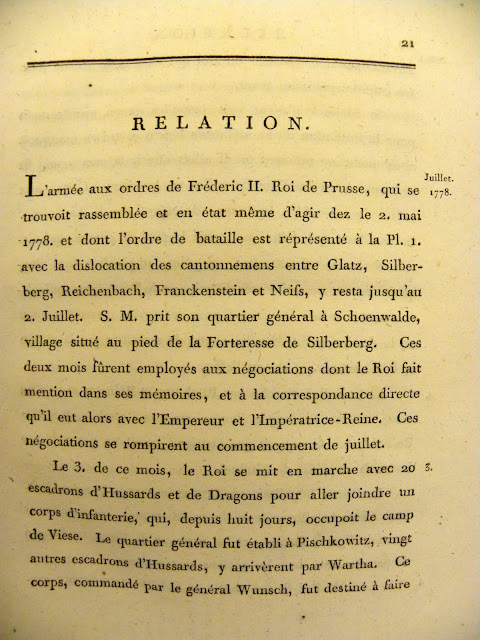
I've been reading The Emancipated Spectator by Jacques Rancière, as translated by Gregory Elliott (London : Verso, 2009). On page 114 is reproduced the photo above. Below is a part of Rancière's discussion of this photo, riffing off an earlier discussion of the same photo by that other (now dead and much-missed) French philosopher of aesthetics, Roland Barthes.
"Barthes tells us this: 'The photograph is handsome, as is the boy: that is the studium. But the punctum is: He is going to die. I read at the same time: This will be and this has been ...' Yet nothing in the photo tells us that the young man is going to die. To be affected by his death, we need to know that the photograph represents Lewis Payne, condemned to death in 1865 for trying to assassinate the US secretary of state. And we also need to know that it was the first time a photographer – Alexander Gardner – had been allowed in to photograph an execution. To make the effect of the photo and the affect of the death coincide, Barthes has had to create a short-circuit between historical knowledge of the subject represented and the material texture of the photograph. ... Yet this short-circuit erases the characteristic features of the photograph he presents to us, which are features of indeterminacy. The photograph of Lewis Payne in fact derives its singularity from three forms of indeterminacy. The first involves its visual composition: the young man is seated in accordance with a highly pictorial arrangement, leaning slightly, on the border between a zone of light and a zone of shade. But we cannot know whether the positioning has been chosen by the photographer, or – if that is the case – whether he chose it out of a concern for visibility or an aesthetic reflex. Nor do we know whether he has simply recorded the wedges and marks that appear on the walls, or whether he has deliberately highlighted them. The second indeterminacy concerns the work of time. The texture of the photograph bears the stamp of times past. By contrast, the body of the young man, his clothing, his posture and the intensity of his gaze are at home in our present, negating the temporal distance. The third indeterminacy concerns the attitude of the character. Even if we know that he is going to die and why, it is impossible for us to read the reasons for his assassination attempt, or his feelings about his imminent death, in his gaze. The photograph's pensiveness might then be defined as this tangle between several forms of indeterminacy. It might be characterized as an effect of the circulation, between the subject, the photographer and us, of the intentional and the unintentional, the known and the unknown, the expressed and unexpressed, the present and the past. Contrary to what Barthes tells us, this pensiveness stems from the impossibility of making two images coincide – the socially determined image of the condemned man and the image of a young man characterized by a rather nonchalant curiosity, focusing on a point we cannot see."



















































